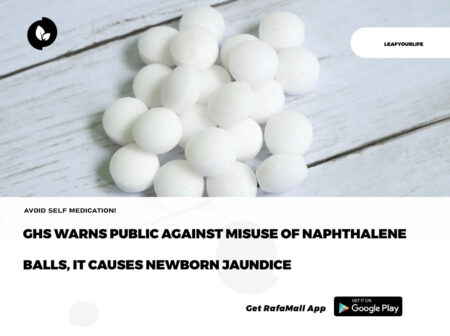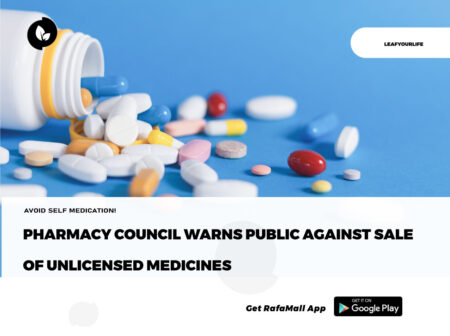
Introduction
Benign Prostatic Hyperplasia (BPH) is a common condition affecting men, particularly as they age. This article provides an overview of BPH and all you need to know about it.
Definition and Brief Epidemiology
Benign Prostatic Hyperplasia refers to the non-cancerous enlargement of the prostate gland, which surrounds the urethra and is involved in urine flow. BPH is a prevalent condition among men, with the prevalence increasing with age. By the age of 60, more than 50% of men may exhibit signs of BPH, and by the age of 80, this percentage rises to 80%.
Risk Factors and Causes
Several factors contribute to the development of BPH. Age is a primary risk factor, as the prostate gland naturally grows larger as men age. Hormonal imbalances specifically changes in levels of testosterone and estrogen, also play a role. Other risk factors include a family history of BPH, obesity, lack of physical activity, and certain medical conditions such as diabetes and heart disease.
Signs and Symptoms and When to See a Doctor
Symptoms of BPH can vary in severity but commonly include frequent urination, difficulty initiating urination, weak urine flow, incomplete emptying of the bladder, and nocturia (waking up at night to urinate). If these symptoms persist or worsen, it is advisable to seek medical attention. Additionally, if urinary retention, bladder stones, recurrent urinary tract infections, or blood in the urine occur, immediate medical attention is necessary.
Complications of Untreated BPH
If left untreated, Benign Prostatic Hyperplasia (BPH) can lead to various complications. One common complication is urinary retention, where the bladder doesn’t empty completely, causing discomfort and a higher risk of urinary tract infections. Over time, urinary retention can lead to bladder stones, which may require additional treatment. In severe cases, untreated BPH can result in kidney damage due to the pressure caused by the enlarged prostate obstructing urine flow. Therefore, it is crucial to seek medical attention and appropriate treatment for BPH to prevent the occurrence of these complications and maintain urinary health.
Treatment Options
Treatment for BPH aims to relieve symptoms, improve urinary flow, and prevent complications. The approach may vary depending on the severity of symptoms and individual factors. Treatment options include lifestyle modifications (e.g., reducing fluid intake before bedtime, avoiding caffeine and alcohol), medications (such as alpha-blockers and 5-alpha-reductase inhibitors), minimally invasive procedures (e.g., transurethral microwave therapy, laser therapy), and surgical interventions (such as transurethral resection of the prostate or prostatectomy).
Recently, there has being an upsurge of treatments with complementary and alternative medicine or practices with very good treatment rates caught up in evidence. (Subsequent article would zoom in on those)
Prevention Strategies
While BPH cannot be entirely prevented, certain lifestyle choices may help reduce the risk and manage the condition. Regular physical activity, maintaining a healthy weight, and practicing good bladder habits (e.g., avoiding prolonged periods of holding urine) are beneficial. It is also crucial to have regular check-ups with a healthcare provider, especially as one ages, to monitor prostate health and detect any changes or symptoms early.
Conclusion
Benign Prostatic Hyperplasia is a common condition among men, characterized by the non-cancerous enlargement of the prostate gland. Understanding the risk factors, causes, symptoms, and available treatment options can help individuals make informed decisions regarding their health. By seeking timely medical attention, adopting healthy lifestyle habits, and following prescribed treatment plans, men with BPH can effectively manage their symptoms and maintain a good quality of life.











